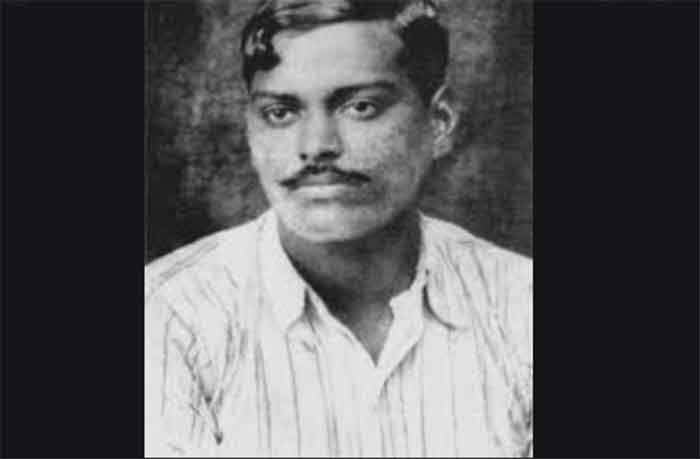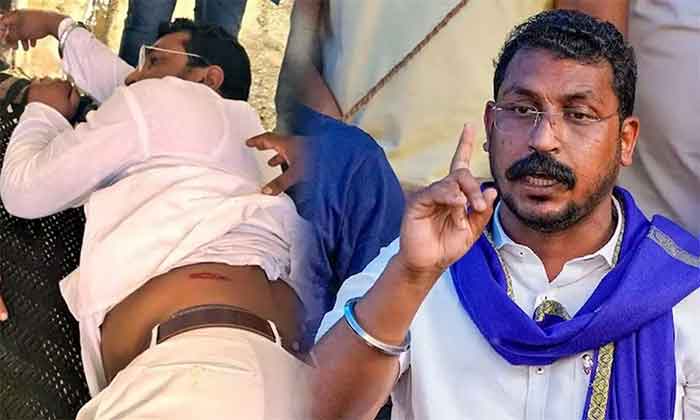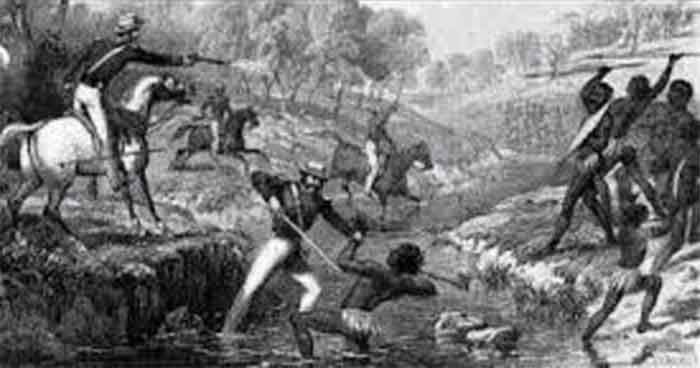
Today ( Feb. 27 ) is 91st death anniversary of Azad
While travelling in Uttar Pradesh I have often been struck by the extent to which people still become inspired and excited by the sheer mention of the name of a freedom fighter, legends of whose courage are spread far and wide here. Why only Uttar Pradesh—Chandrashekhar Azad has become a symbol of courage and resistance in the face of greatest odds all over the country.
Try to remember the month of February 1931. Bhagat Singh and his closest comrades were all in jail. Death sentence for Bhagat Sngh, Rajguru and Sukhdev had already been announced. The main organization of the revolutionary freedom fighters had suffered one setback after another. The police force had traced most of the centers of revolutionaries and these had been raided.
When there appeared to be loss of hope all around, the top leader of the revolutionary organization Azad had stilll managed to evade arrest and was still planning for a great comeback. One of the components of this plan was that Yashpal, another senior and experienced freedom fighter who had managed to evade arrest so far, will be travelling to Russia to arange some help from there. In fact even on the morning of 27 February 1931, Azad had a discussion with Yashpal on this issue in their hiding place in Allahabad. Then they left together. Midway Yashpal took a different road to purchase woolens and other provisions for his travel, while Azad went to Alfred Park to keep an appointment. It was here that he was surrounded by the police, fighting till the last bullet and then using the last bullet to take his own life.
His martyrdom was entirely in keeping with his entire life lived with great courage. Even as we salute his courage while observing his martyrdom day today, we should not forget the essential message of Azad and his comrades in the Hindustan Socialist Republican Assocciation, the revolutionary group led by Azad. The members of this organization did not just want freedom from colonial rule; after the departure of colonial rulers they were also committed to the vision of a socialist society. They were also committeed to fighting communalism and to take India forward on the basis of inter-faith harmony. Among various comrades, Bhagat Singh was in particular very committed in articulating this vision of a socialist society and of the great need for inter-faith harmony in India. It is in this context that he and his colleagues were more drawn towards a national leader like Jawaharlal Nehru and they also wrote about this. As we remember and are inspired by the very courageous actions of these revolutionary freedom fighters, we should also remember their essential message and the ideals they stood for.
To understand the great contribution of these revolutionaries and how they matured very quickly regarding the essential precepts of improvng Indian society, it is of course also important to remember the inspirational role of those times when great actions of the freedom movement were taking place in India. Azad was in the age-group of a class nine student of those times when he was drawn to the freedom movement.
It was the year 1921 and the famous Non-Cooperation Movement against colonial rule was making waves in India. At the time of the protests of this movement in Varanasi, a man who had been felled by police lathis was still being beaten in a most cruel way by policemen.
A 15-year old boy who had joined the protest demonstration could not bear to see this cruelty on a fallen helpless man. He picked up a big stone and hit it with force on the head on a policeman who was hitting the fallen man with his baton again and again. The policeman then left the fallen man and rushed after the boy. He made them run after him for some time (so that the injured man could be saved) and then disappeared in the narrow lanes of Varanasi.
However the police kept looking for him and managed to nab him later. When the policemen questioned him, he refused to cooperate with them. Then the policemen caned him. There were big canes which could peel the skin.
“Now let us know your real name.”
“Azad” (meaning free).
“the real name your real name”.
“Azad”
“Okay tell your father’s name”
“Swatantra” (again meanig free)
“Tell real name.”
“Swatantra”.
And so this went on. The boy replied in terms of Azad and Swatantra. When he was beaten up more, he shouted ‘Mahatma Gandhi Ki Jai’, ‘Bharat Mata Ki Jai’ each time he got a cane beating.
Even when his body was badly wounded with cane beatings, the young boy did not stop his slogans of freedom.
Soon the entire city was talking about his courage and bravery. When he was releasiing from jail, he was carried by people on his shoulders, the entire crowed shouting slogans of freedom movement.
Within the next few years this young boy emerged as a leader of the revolutionary movement against colonial rule in India. He was very close to other great leaders of this movement including Bhagat Singh and Ramprasad ‘Bismil’.
‘Azad’ participated in several daring actions and launched a big movement for them. ‘Azad’ had to hide himself at times as a priest, at times as a driver and in numerous other ways. However despite his very active life as a revolutionary in Jhansi, Kanpur and other places, the police could not arrest him. Such was his awe among policemen that at times he was standing very close to those searching for him but they could not or did not arrest him. Many in the police and in the administration had a lot of respect for him, but of course they could never reveal this openly.
Azad had an uncanny ability to mix up with ordinary people, including sadhus (hermits) and often managed to obtain their services for getting several important works of revolutionary party completed in a very effective way (such as ensuring wide distribution of pamphlets and posters).
In his later days ‘Azad’ planned for some daring jail escapes to secure the release of his jailed comrades inluding Bhagat Singh but due to some adverse developments these plans could not succeed. He was also thinking about plans to secure help from abroad, particularly Russia.
The police had increased the search for him but he continued to evade the police net. But in February 1931 he was probably betrayed by someone and the police force surrounded him in Alfred Park of Allahabad. He fought very bravely with his pistol till he breathed his last.
Chandra Shekhar ‘Azad’ not only devoted his entire life to the freedom movement of India, also endured the greatest hardships, and in the process he became a powerful symbol of resisting injustice with courage for all liberation fighters.
He is often depicted as a very tough person, and he was probably under the compulsion to maintain such an image, but beneath this tough exterior was a very sensitive heart which was moved very deeply by any human suffering, and it was in fact his strong and immediate urge to help someone being beaten in a very cruel way by the police that brought him as a mere child to the freedom movement.
To recall an episode of this deeply emotional side of Azad, I will like to mention his last meeting with his parents whom he had not met for years. While researching this moving episode to write a short story based on this, I was greatly moved by the very soft side of this very tough revolutionary who took a lot of risk to somehow just meet his parents and say a final goodbye to them as he knew that he may die any day due to the great risks to his life.
Azad died at the age of just 25 years but he has left behind a deep inspirational impact on millions of people.
Bharat Dogra is lead author of two recent book on freedom movement—When Two Streams Met and Azadi Ke Deewanon Kee Dasstaan, published by Vitasta-Vats Delhi.

















































